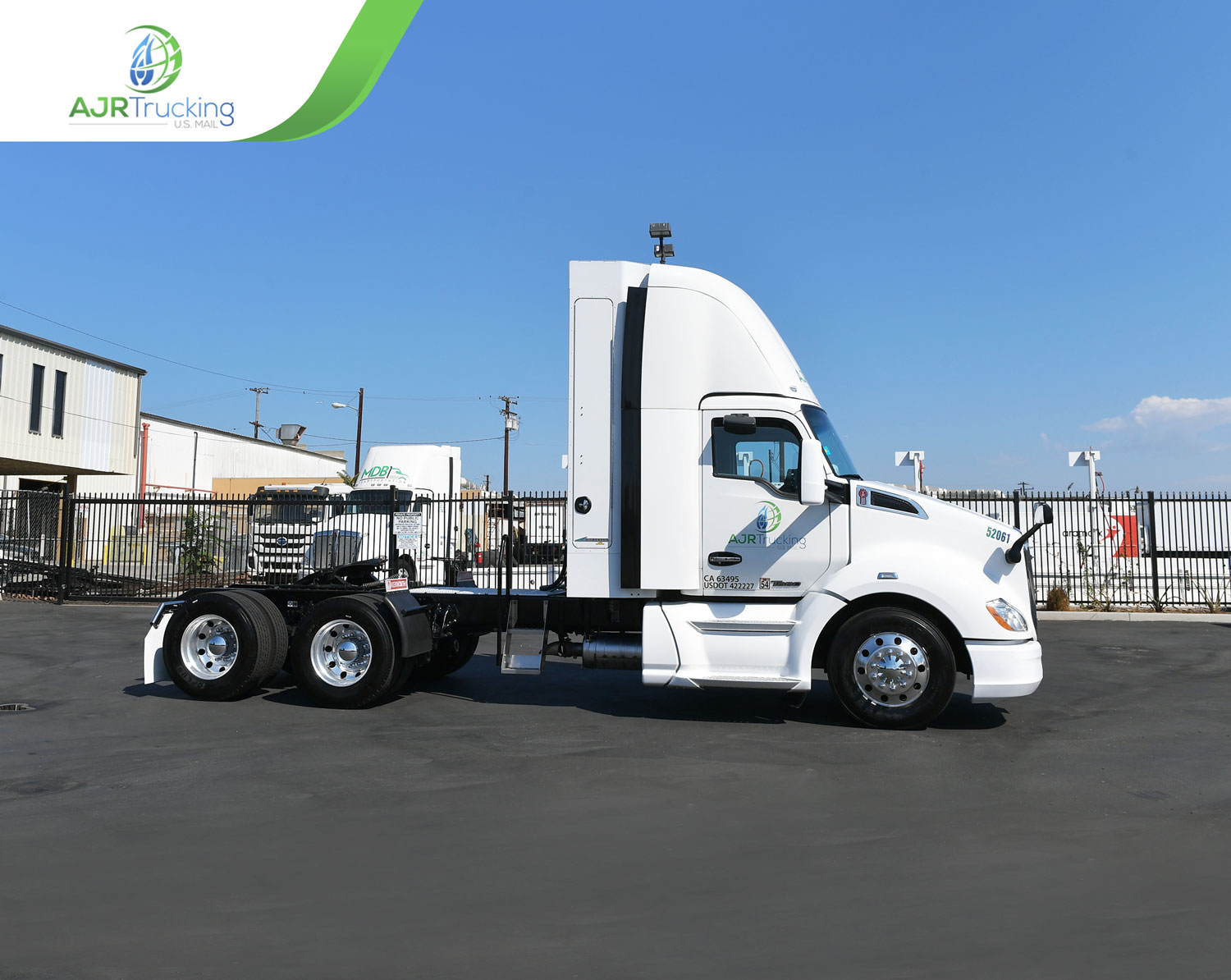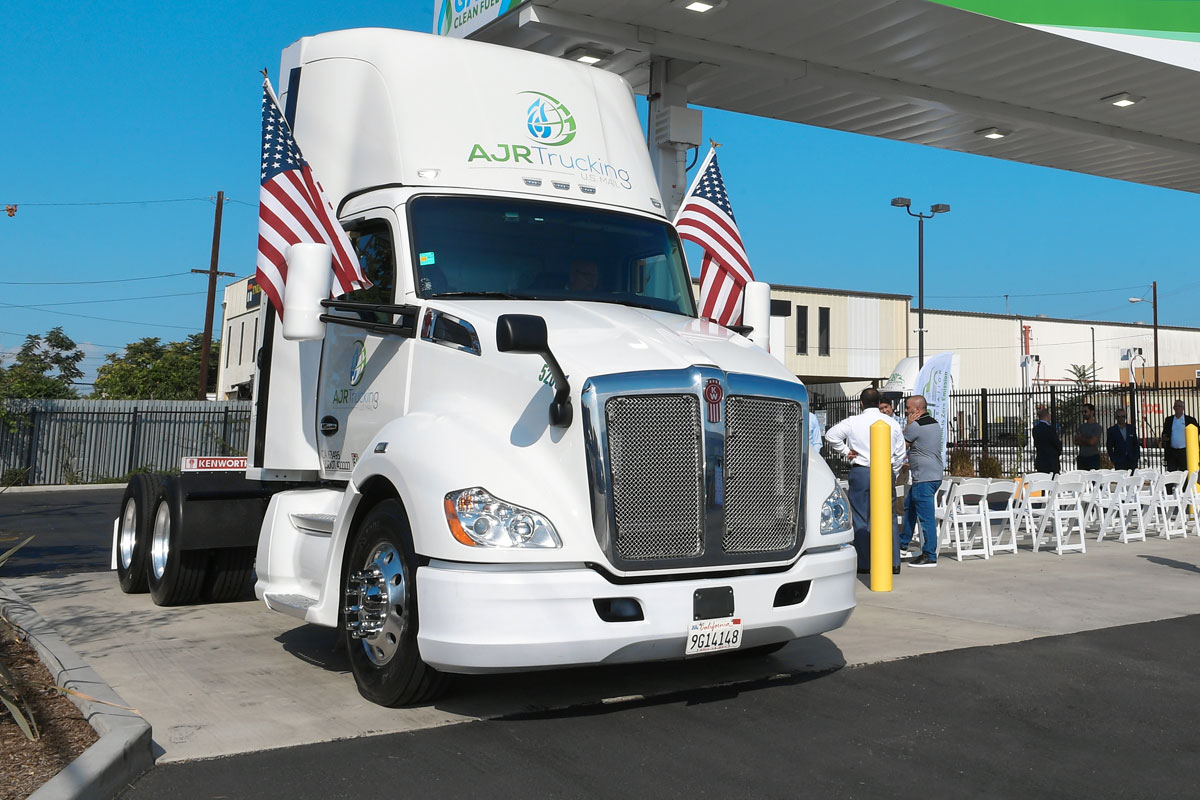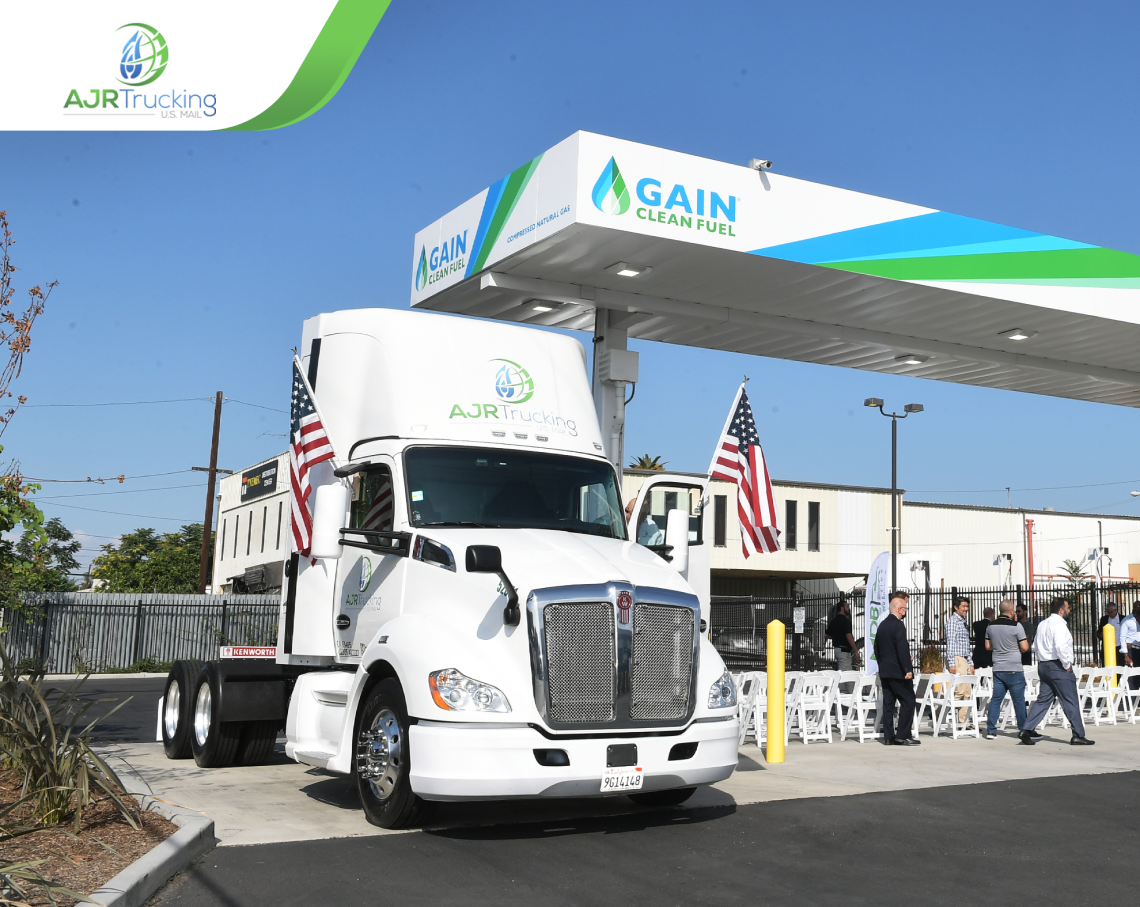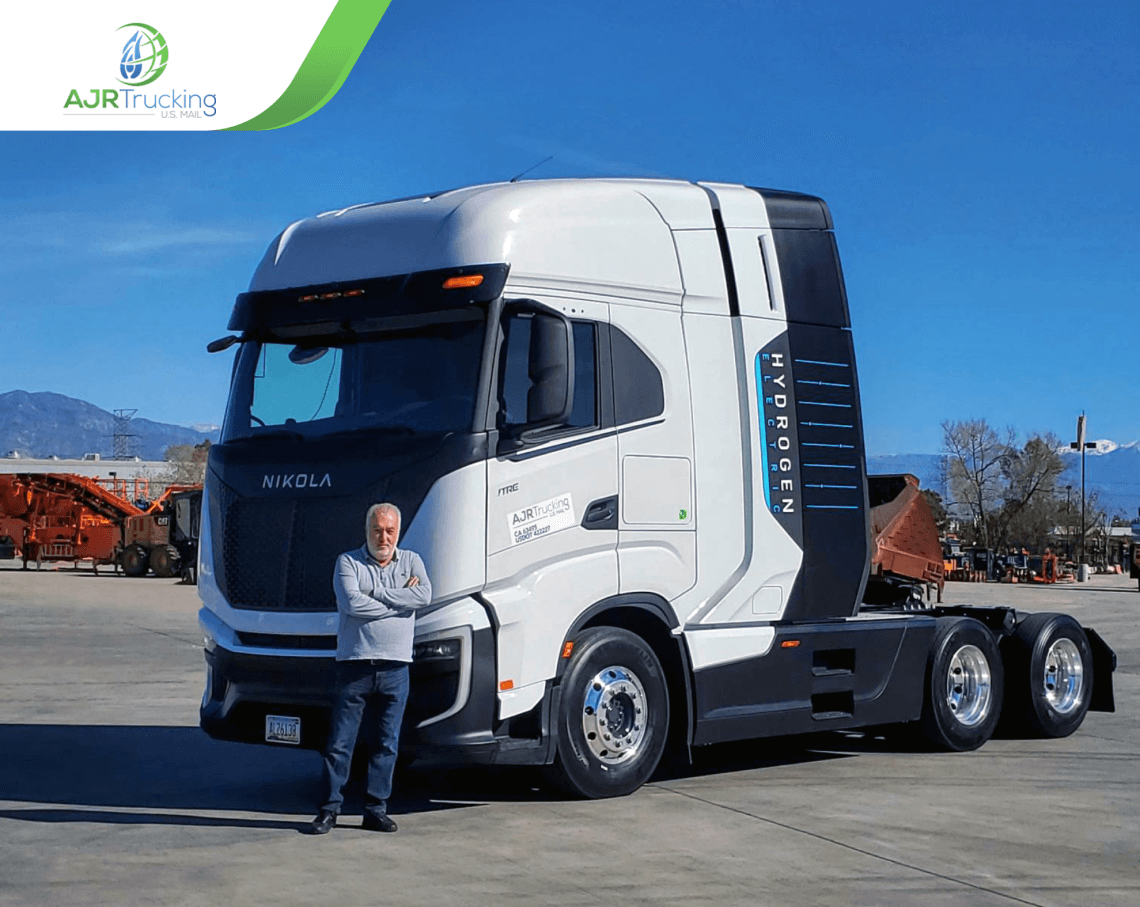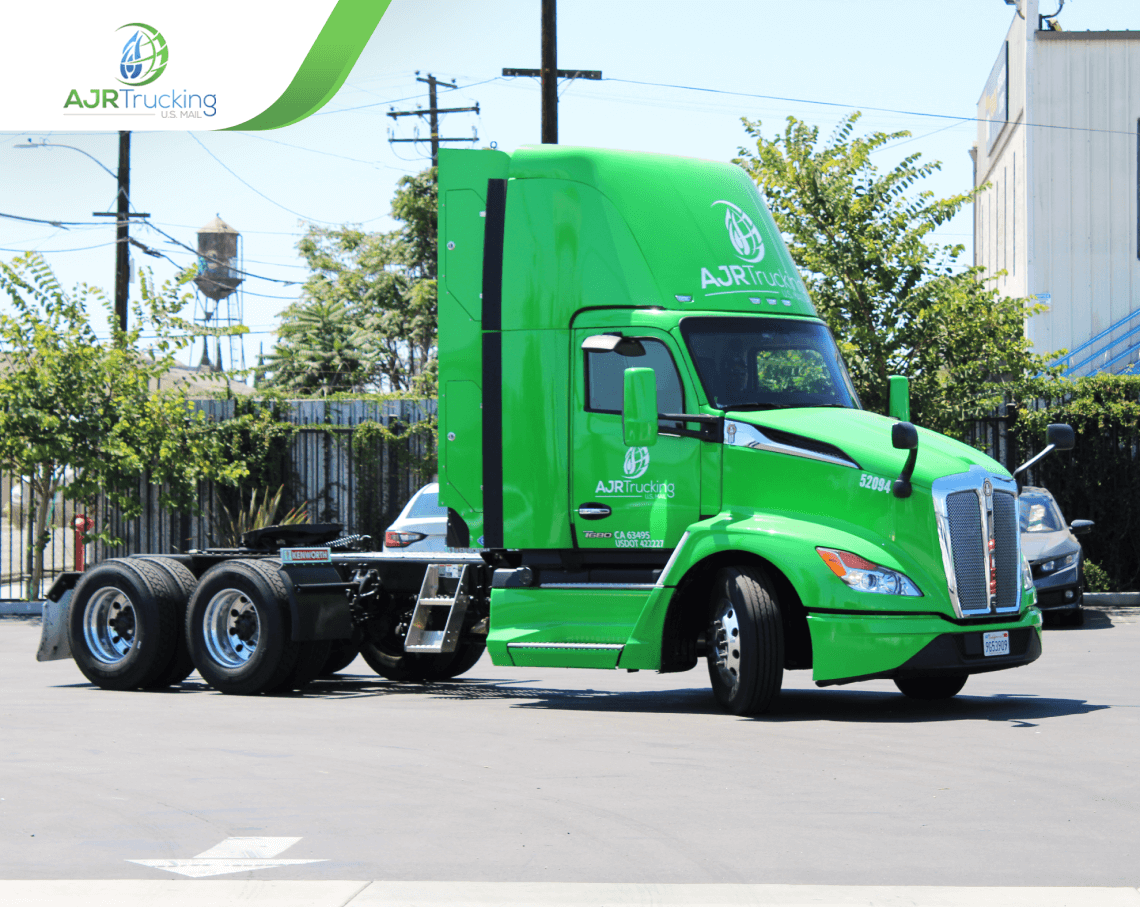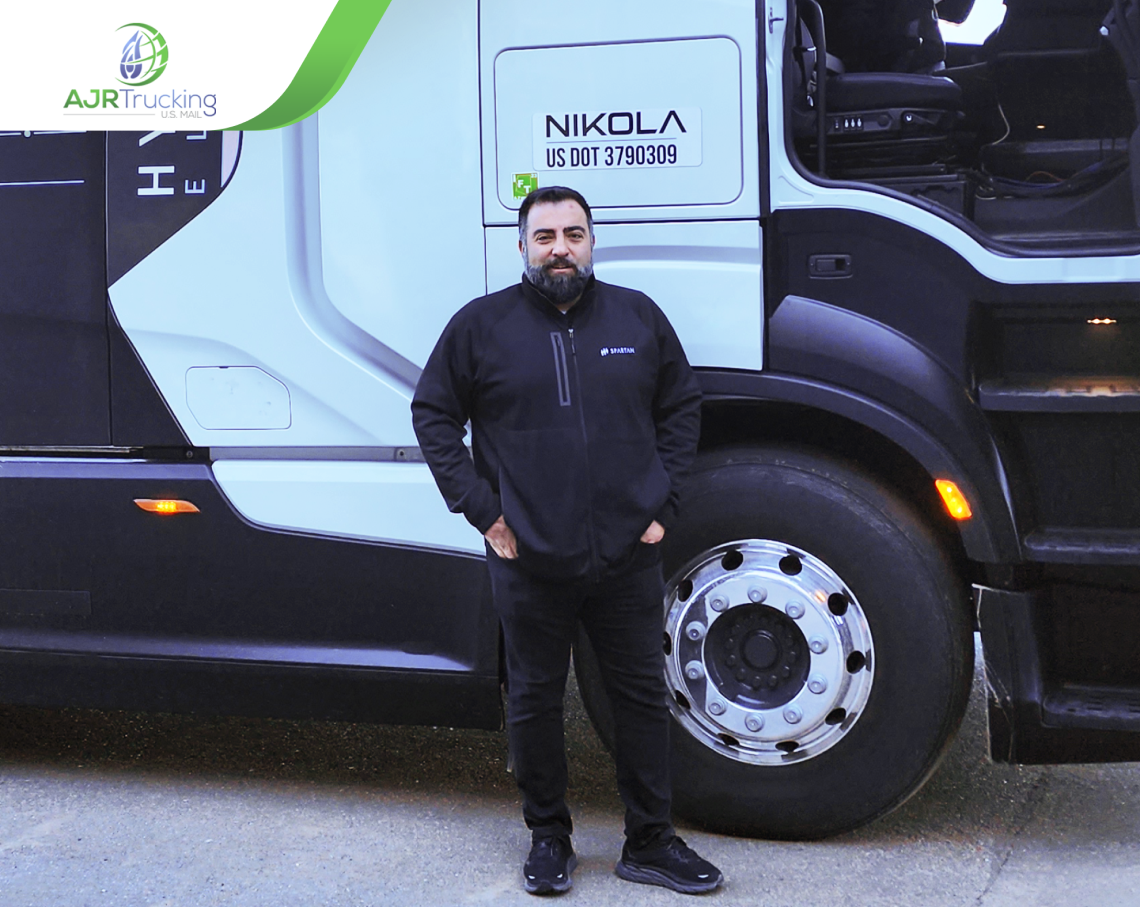The trucking business has become one of the most prominent and vital businesses globally. Especially with many people in the States doing online shopping, the shipping and delivery process would not be possible without the trucking industry. Consequently, various goods, products, and freight are transported in the country, providing 800,000 drivers the opportunity to work as professionals. This entire process contributes to the growth of the American economy by generating $650-700 billion of revenue each year.
Moreover, in this digital age, a trucking business is absolutely imperative. In fact, about 70% of freight is transported throughout the country, allowing other companies to sell their products and boost the economy.
If you want to become a part of this industry that is the heart of domestic and international shipping, follow through with this “starting a trucking business checklist” to see the necessary steps to help you succeed.
Step One: Trucking Company Business Plan
What is Needed for a Business Plan?
For a successful company, a trucking business plan is essential in order to begin with, a strong foundation. It allows you to see 3-5 years ahead of your company’s future and understand what you can improve. The business plan, organization, and structure can attract future partners and investors to work with you; that is why it should be carefully crafted.
Before writing the business plan, you’ll need to:
- Get acquainted with some information regarding the industry, such as cash flow, return on investment (ROI), and profit and loss (P&L).
- Learn to determine your profit margin by managing expenses.
- Understand the difference between spot market and contract market rates.
- Know the costly aspects of your business, which includes calculating fuel costs.
- Learn the average price in freight lanes and the organization of picking up and dropping the freight.
How to Write a Business Plan for a Trucking Company?
Your business plan should include a specific structure and elements to make it more stable and easier to understand. Here are those elements with their explanations.
-
Executive Summary
In this section, you’ll need to summarize the key points of your business plan, which will help them understand the upcoming information better. It must be straightforward, concise, and capture the reader’s attention. Here, you’ll need to convince your future partners, investors, or banks to finance your business. Then you should proceed with:
- Explain how your company will benefit the industry.
- Describe your target market.
- Discuss the services you will provide and how they will appeal to your target market.
- Summarize what marketing plans you have.
- Show that you have done financial analysis and have a plan ready for the upcoming three years.
- Discuss what will make you stand out from your competitors, and what’s your advantage.
- Explain your implementation plan, and discuss how you’ll go from the planning stage to starting to operate.
- Briefly describe founders, and if you already have, key staff members, and what’s their specialization.
- Then, briefly discuss your company’s history, how it was formed, and some key statistics, such as where the business is located, what is the number of workers, and so on.
- Articulate your mission statement, what’s your company’s main goal, and your core values.
- Discuss how your company has evolved and grown so far.
- Briefly talk about your company’s current financial state, especially if you’re looking for investors.
- Finally, talk about your company’s future goals, and explain how further investment will help you to realize those goals.
Remember, that some of these sections will be talked about more in detail in your business plan, so you must keep it as short and engageable as possible. You may have to hire a writer as an option that will help you succeed with your first impression.
-
Company Description
In this section, which is the equivalent of “About Us,” you should concentrate on your company. What do you specialize in, do you consider having managers, and what do you expect from your future employees and clients? All of these questions need to be answered in this section.
-
Operations
So far, you have covered the “who” aspect of your business and defining your business goals. In the “Operations” section, you’ll need to talk about how you will realize your ideas and what you will use for them. That includes discussing the technology and systems you’ll use to keep your business profitable. The trucking industry has become concentrated on tech, so demonstrate how technology will be integrated into the business.
-
Services
In this section, you have the chance to focus on your target market and what services you will offer them. Try to include your customers’ perspectives to show that you understand their problems and expectations. Show what kind of solutions you have come up with for their problems and how that will help them. This will indicate why your service is in high demand and consequently, emphasize how profitable it can be.
Discuss your pricing in detail, explaining the structure itself and why you chose the specific price points you have.
-
Market Analysis
You’ll need to show that you have researched your market and understand what it lacks and who your competitors are. A profound understanding of your market will show your future partners and investors that you have the potential to find what the industry is lacking and overcome your competitors.
Lastly, explain how the industry’s regulations are not meant to impede, but rather, protect your business from unfair competition. For example, you’ll need various licenses to meet fuel emission requirements. This will allow you to run a legitimate business in accordance with all the industry laws, saving you thousands of dollars in fines. Potential investors always look for business owners who know the industry inside out.
-
Sales and Marketing
This section must explain what marketing strategies you will use to connect to your future customers. Besides, you need to show how you are preparing to handle sales, whether using a broker or hiring a sales personnel.
-
Financial Projections
This section is for you to explain how you will earn money and generate revenue. It would be better if this section also showed a general five-year plan of your finances for your investors to see that you have a plan.
Step Two: Getting a Commercial Driver’s License.
Per the Federal Motor Carrier Safety Administration (FMCSA), all drivers are required to hold a commercial driver’s license (CDL).
Step Three: Getting a Trucking Authority
Another crucial step when starting a trucking business is getting a trucking authority, which is the permission given by the government to get paid to transport the freight. For that, you’ll need to complete these steps:
- Register your company in the state from where you’ll be operating.
- Get an Employer Identification Number (EIN), which even though it’s not a mandatory step, is beneficial. It will help you avoid using your personal social security number to operate your business, hence, not letting you get into potential frauds.
- Get a USDOT number. It is an identifier for a corporation that contains all crucial data about the types of vehicles used, freight, security, and so on.
- Have an MC (Motor Carrier) number, which will help you partake in interstate commerce as well. You must apply to get it with the FMCSA, after which you will get your MC number immediately, but it will take 2-3 weeks to activate it.
- Get an insurance policy, and file for BOC-3 (Designation of Agents for Service of Process). FMCSA requires it, so the designated process agent will engage in legal paperwork on your company’s behalf.
- Pay HVUT (Heavy Vehicle Use Tax), which is a yearly tax on all heavy trucks that operate on public roads.
- Get an IRP (International Registration Plan), for which all fleets of cars that operate in more than one state must be registered.
- Make an International Fuel Tax Agreement (IFTA) account, as at the end of every financial quarter, you will have to submit a fuel tax report documenting all driven miles and purchased fuels.
- Create a Unified Carrier Registration (UCR), which shows that you have the insurance to operate in the state you have chosen.
- Lastly, you must enroll in a drug and alcohol consortium, which is required by FMCSA and USDOT.
Step Four: Have a Business Bank Account
Have a bank account and credit card specially made for your business. This way, it’ll be easier for you to distinguish finances that have to do with your company from personal. If you manage to establish a good business credit score, you can easily request more funding in the future. However, before doing that you’ll need to register an organizational structure, then register for a DBA (Doing Business As).
Step Five: Getting an Insurance
As the transportation business requires to ensure the safety of its drivers and the protection of trucks and freight, it is vital to get insurance.
Step Six: Getting Financed
As already mentioned above, your trucking business plan is the source that will help you to get investors. You can approach investors, potential partners, and lenders with your business plan and see who would be willing to invest in your company. You can also consider approaching small banks and credit unions to get loans.
Step Seven: Getting a truck
Depending on your budget, there are three types of leasing options:
- Operators: you will always have the truck in your possession. When you have the vehicle, you will cover all the costs for maintenance, taxes, and permits. When the lease is finished, you will return the truck.
- Lease-purchase: If you don’t have good credit, you can choose this option of financing the truck right away, but would have to pay a higher interest rate.
- Terminal Rental Adjustment Clause: It is a lease on vehicles that reduces the high cost of equipment by allowing you to make low monthly payments.
Step Ten: Legal Requirements
The best trucking company knows all of the laws and regulations of the industry. For example, if you’re starting a trucking business in California, then you’ll need to start learning about the required business licenses of your state or city.
What Else Should You Know About Starting a Trucking Company?
If you’re still hesitant about starting your own company, you might as well begin a truck driving career to gain some experience. Some of the best trucking companies will give you the chance to grow as a professional and gain vital knowledge about the field that will later help you create your own trucking business. AJR Trucking has been in the industry for more than 30 years and is considered the biggest trucking company in the US. So if you’re thinking about taking the first step, this is a great place to start.
AJR Trucking offers the best trucking jobs, values the growth of its drivers as specialists, and supports every employee. It follows a sustainable business model and uses renewable energy for its trucks and vehicles. It works with USPS (United States Postal Service), offers excellent shipping and delivery services, and might be exactly what you’re looking for to eventually start your own trucking company.
The experience and knowledge you will gain from this USA trucking company will assist you in managing all the aspects of the trucking business.

